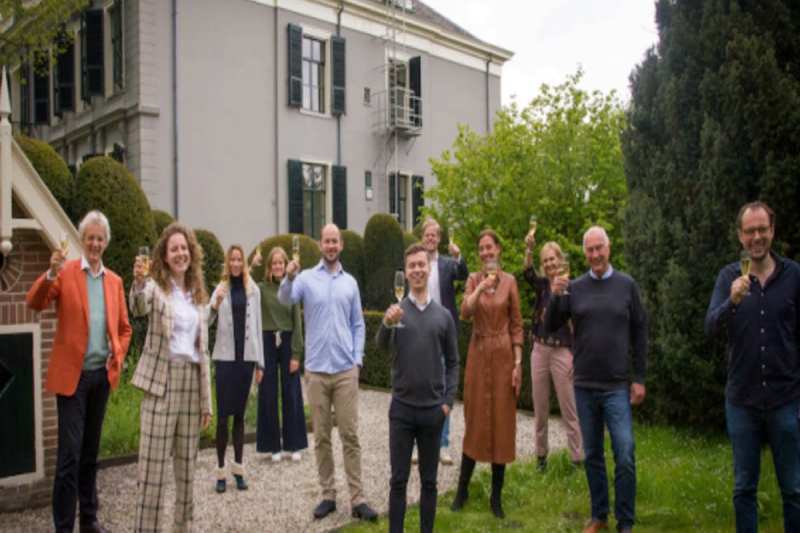
Dutch PHYSEE Spinoff FOTONIQ Seeks Investment to Improve The Environmental Impact of High-tech Greenhouses
- Business
- February 13, 2024
On Monday, February 12, FOTONIQ, a greenhouse spray coating PAR+ provider located in Delft, revealed that it had obtained an undisclosed investment headed by Navus Ventures and Icos Capital.
The fundraising round also included participation from long-time investors Phase2.earth and EG Wernink. Experienced Dutch family offices and venture capital firms, including Timeless Investments and SHAPE Capital, support the enterprise.
The money will be used by the Dutch company to equip cutting-edge greenhouses with the first environmentally friendly horticultural spray coating, PAR+.
Willem Kesteloo, CEO & Founder, says, “On behalf of the entire team, I would like to thank all our investors for their trust and support. The current fundraising round allows us to scale up both our production capabilities and our market roll-out. This year, we plan to apply PAR+ coating solutions on ≥30 hectares, providing our customers with a product that meets their expectations.”
FOTONIQ: Boosting Agricultural Output All Year Long
FOTONIQ, a PHYSEE spin-off founded by Willem Kesteloo, created and patented a durable coating (PAR+) that provides year-round diffusivity within greenhouses without reducing the intensity of growing light.
By boosting crop output and cutting energy expenses, FOTONIQ improves the performance of high-tech greenhouses using this new technology and their expertise.
The company says that the usage of PAR+ in greenhouses can result in an extra profit of €200k per hectare based on lab measurements and client results.
PAR+: What is it?
Diffusivity may be added to your greenhouse year-round without sacrificing grow light (PAR) using the sprayable coating PAR+.
Diffusing sunlight before it enters the greenhouse provides a number of benefits that have been shown by science. Because of the more uniformly dispersed light produced by this method, light can penetrate further into the greenhouse and reach the bottom sections of the crops. Crop yields are increased as a result.
Additionally, diffusivity guarantees more uniform heat distribution within the greenhouse, lowering the plant’ peak temperatures.
As a result, there is less need to deliver more CO2 since it is not necessary to open the roof windows to lower the peak temperatures.
By eliminating the need to apply and remove seasonal coatings, PAR+ offers value all year round.
The benefits of PAR+ can save electricity costs by enabling changes to lighting strategies and a reduction in PPF from LEDs.
The Financier
A venture capital company associated with Lely (Farming Innovators) is called Navus Ventures. The VC funds scale-ups and high-tech firms that are spearheading the continuous sustainable changes in the food and energy industries.
Eduard Meijer, Managing Director at Navus Ventures B.V., says, “Various crop growing problems can be encountered when operating greenhouses. One of the key problems is how to create and maintain an ideal climate inside the greenhouse, which relies on factors such as the optimisation of lighting and temperature. At Navus, we believe that FOTONIQ has found a straightforward and effective solution that helps to solve this problem.”
Icos Capital is a cooperative fund that accelerates sustainability by bringing enterprises and entrepreneurs together. Renowned European companies in the food (Bühler Group), chemical (Nouryon), and agricultural (Royal Cosun) sectors have developed relationships with Icos Capital.
“FOTONIQ offers an alternative to seasonal coatings or diffuse glass without making any of the concessions typically associated with those strategies,” says Peter van Gelderen, Managing Partner at Icos Capital. At a fraction of the cost of diffuse glass, the PAR+ coating offers long-lasting performance and is readily integrated into the current infrastructure. Growers may boost their profit margin and yield a larger crop by implementing this cost-effective method, all while requiring minimal initial investment.